To enhance the lives of humans medical devices are critical for making invasive surgeries. Today, every medical equipment uses at least one sensor for healthcare monitoring.
To meet the strict demands of medical electronics, various sensors have been incorporated for diagnosing and treatment of spontaneous illness and physiological disorders. In this article, we will explore on some of the healthcare sensors and their applications used in the medical industry.
What is Medical Electronics?
By definition, “Medical Electronics” is the study of electronic instruments and devices used for diagnosing and curing health. It is the design of embedded systems applied to medicine and biology.
Sensors play a predominant role in bringing medical applications to the real world. Sensing elements such as Airflow, Temperature, Humidity, Pressure transducers, Thermistors, etc. are proven to be necessary things to carry out medical solutions. Here is a list of electronic applications in the medical field.
Applications of Medical Electronics
- Anesthesia
- Respiratory monitoring
- Blood Pressure Analysis
- Oxygen level measurement in the body
- Imaging in Diagnostics
- Visual Impaired scanning (Barcode Scanner)
- For understanding Health, and wellness
- Stress measurement
- Heart rate monitoring
- Monitoring Pulmonary functions
- Glucose monitoring
- Delivering Drugs
- Orthopedics
- Point of Care Analysis
- Cardiology
- Oncology
And many more…
Now we will explore various sensors and devices used in medical products.
Different types of Medical Applications [Role of Sensors]
Every medical product has a specific function and the potential is achieved by using analog or digital sensors.
1. Anesthesia Machine
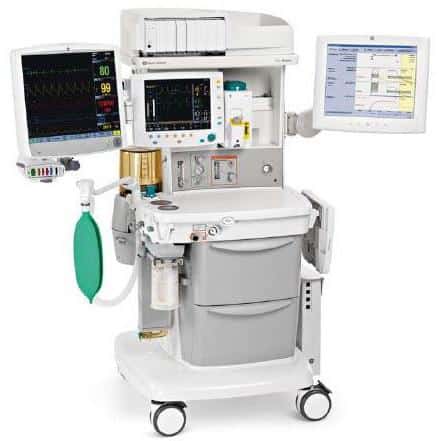
It is a method of delivering drugs to relax and make the patient unconscious during a surgery or an operation. It will block the related nerves that carry pain signals to the brain.
But during a sleepy state required gases like oxygen levels, air, nitrous oxide, and isoflurane have to be maintained. For this purpose, sensors are required to control temperature, humidity, and pressure.
How Anesthesia Works?
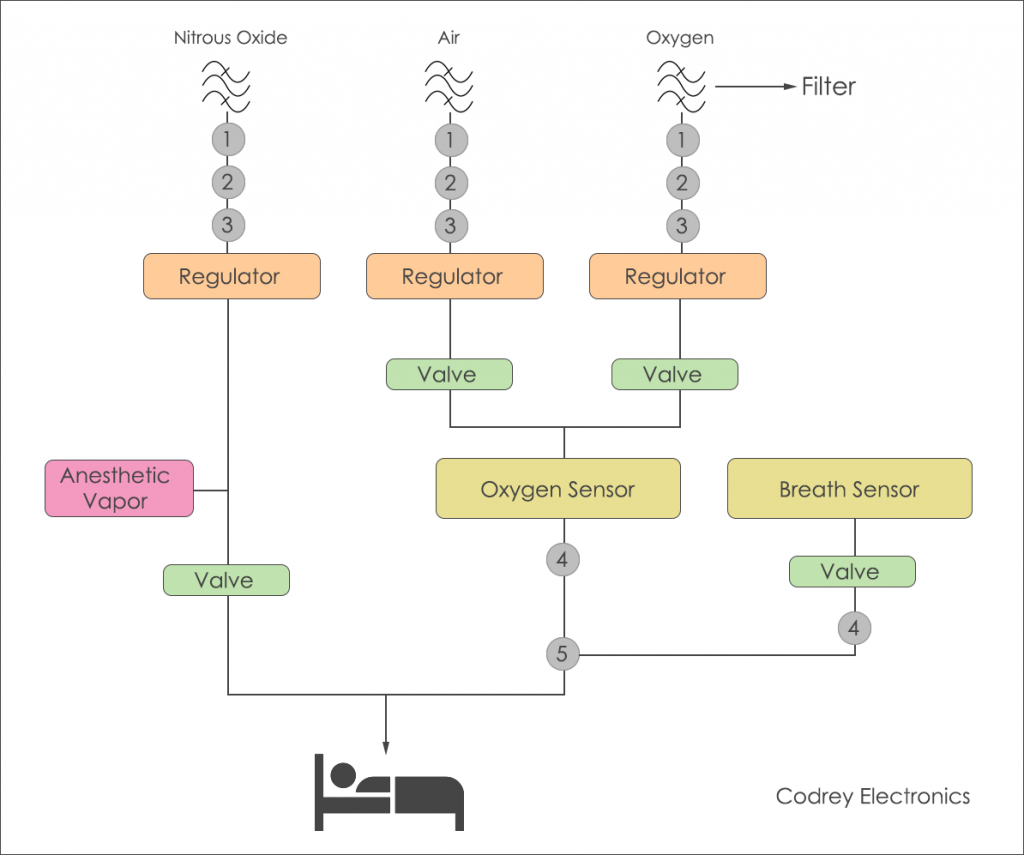
Three known parameters Air, Nitrous oxide, and oxygen are given to a filter individually through the ventilators. The filtered output is given to a pressure sensor. Here the pressure sensor may be digital or analog one depending upon the psi range and accuracy. This is given to a regulator for restricting the incorrect amount of gases.
The pressure sensor output is passed through an anesthetic vapor (isoflurane). The combined output from all the valves sends to the oxygen sensor. This will provide the required oxygen levels to the patient.
Moreover, the humidifier is used for temperature and humidity control of the oxygen sensor in the heater assembly.
Thermistor sensor for monitoring and control of the air temperature. A magnetically operated switch [Hall Sensor] is used for motor control in the heater assembler.
Airflow (Breath) sensors are used for measuring the air and oxygen levels of the patient. The amount of mixture gases given to the patient is displayed on the graphical display.
2. Pace Maker
Electrical impulses (generated by sinus node) are required for proper functioning of the heart. This may not happen due to abnormal heart rhythms and several health factors. During this condition, the heart will not receive the signals from the sinus node at a fixed rate.
The Pacemaker is a device used to resolve the missing heartbeat or slow heartbeat by generating electrical pulses and bringing back the heart to working condition.
Pacemaker Operation
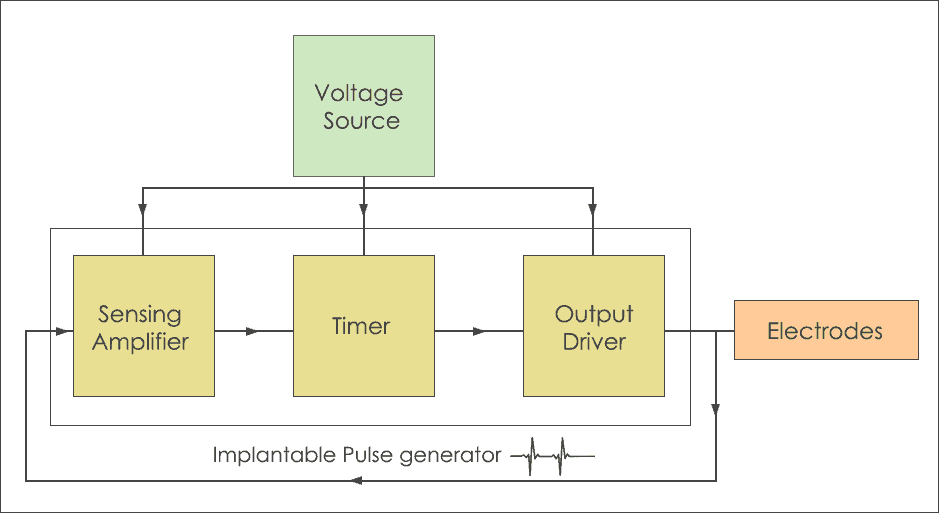
The voltage source generates power for the pacemaker device. The sensing amplifier amplifies the low power ECG signal. The amplified output is given to Timer for providing accurate timing pulses. The output driver injects the timed electrical pulse via electrodes to the patient. This makes the heart beat count in normal working condition.
3. Drug Dispenser
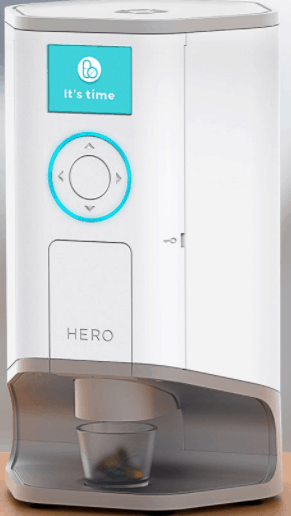
A medication dispenser is necessary for elderly people to have in-time medication. The drug dispenser provides the correct amount of doses at the right time.
The advantage of drug dispensing is the risk of underdose or overdose. You can have medicine with peace of mind without forgetting.
4. Digital Stethoscope
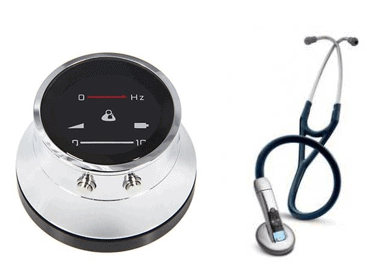
Digital Stethoscope is a measuring instrument used to listen sounds generated in the body, especially the heart and respiratory lungs.
Applications of Digital Stethoscope
- Telemedicine
- Hearing aid for impaired personnel
- Recording heart and lung sounds
- Online education on medical research
5. Defibrillator
Defibrillator is a device used to provide electric energy to the heart during an abnormal condition like non-rhythmic heartbeats resulting in a wandering heart situation (Ventricular fibrillation). To avoid this condition, the defibrillator machine provides electric shock (electric current) through the electrodes and brings back the heart rhythm to proper working state.
6. BP meter – For Home and Medical
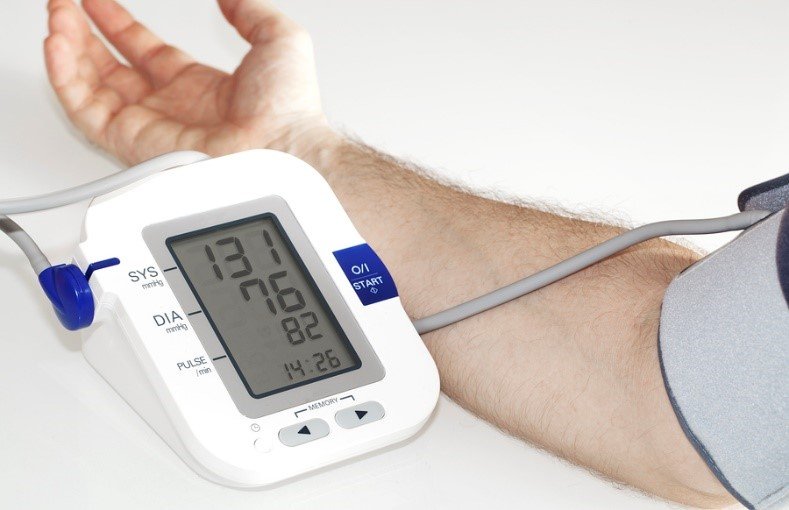
Knowing the blood pressure is essential to avoid the risks of hypertension that lead to fatal heart strokes.
BP (Blood Pressure) meter is a measuring instrument for knowing the levels of blood pressure and alerts the condition of irregular heartbeat.
Applications
- Heart rate measurement
- Measures blood pressure
- Hypertension control
7. Neuro Stimulator
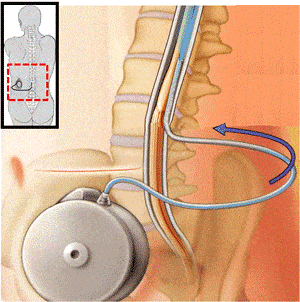
Neural stimulator relieves from the pain signals between the spinal cord and the brain. It generates electrical impulses and soothes your body quickly.
Advantages of Neuro Stimulator
- No need to go for surgeries and therapy to relieve pain.
- Stimulates spinal cord
- Can be implanted in different parts of the body easily.
8. Oximeter
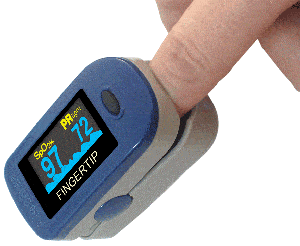
Instead of using invasive methods to know the oxygen and pulse rate the better approach is to use an oximeter.
Pulse oximeter reads the oxygen level and pulse rate in the blood and shows it on the graphical digital display. It is a painless method to know the amount of oxygen and pulse levels delivered to blood tissues.
Applications
- Measures Accurate oxygen saturation in the blood
- Pulse rate measurement
- Measures oxygen levels in lungs, respiratory parts.
- To analyze Sleep apnea.
9. Digital Thermometer
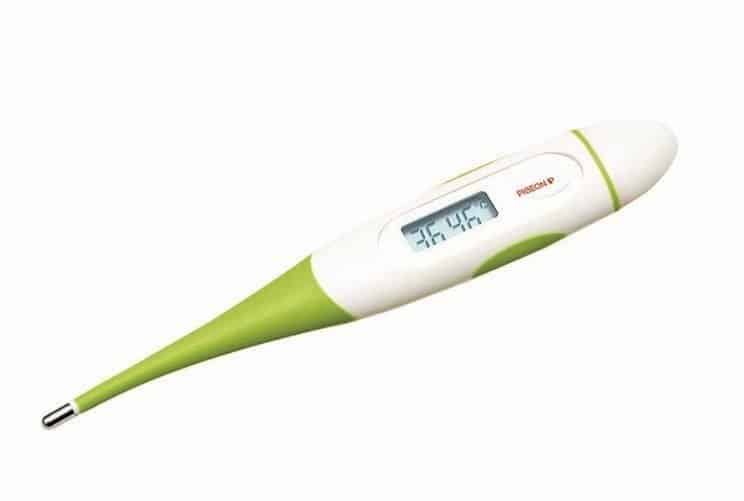
A Digital Thermometer is an electronic device used for measuring the body temperature. It uses RTD sensing element PT 1000. RTD sensor takes resistance as input and based on the change in resistance, the digital output is produced.
Applications
- Measures the body temperature in degree Celsius.
- Used in in industrial power plants
- Used in the marine industry for calculating the temperature in degrees.
10. Glucose Meter
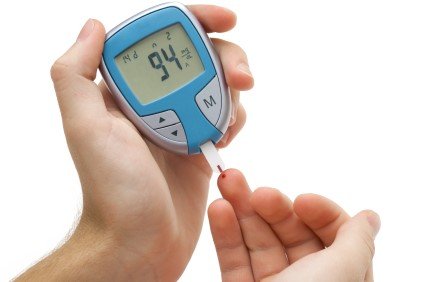
Diabetes is a big problem all over the world these days. To keep control of insulin levels in the blood glucose meter is necessary. Glucose meter calculates the glucose levels (sugar levels) in the blood accurately.
Conclusion
Medical electronics is a critical area where accurate and precise measurements have to be carried out. Sophisticated medical and healthcare devices have to be selected for precise analysis.

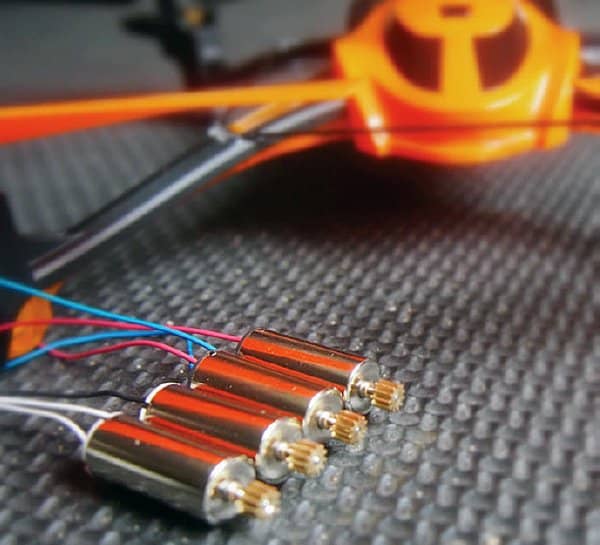
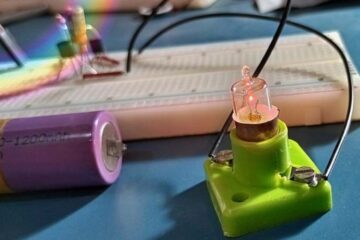
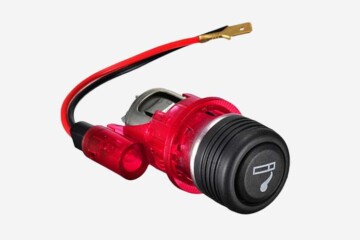
GOOD